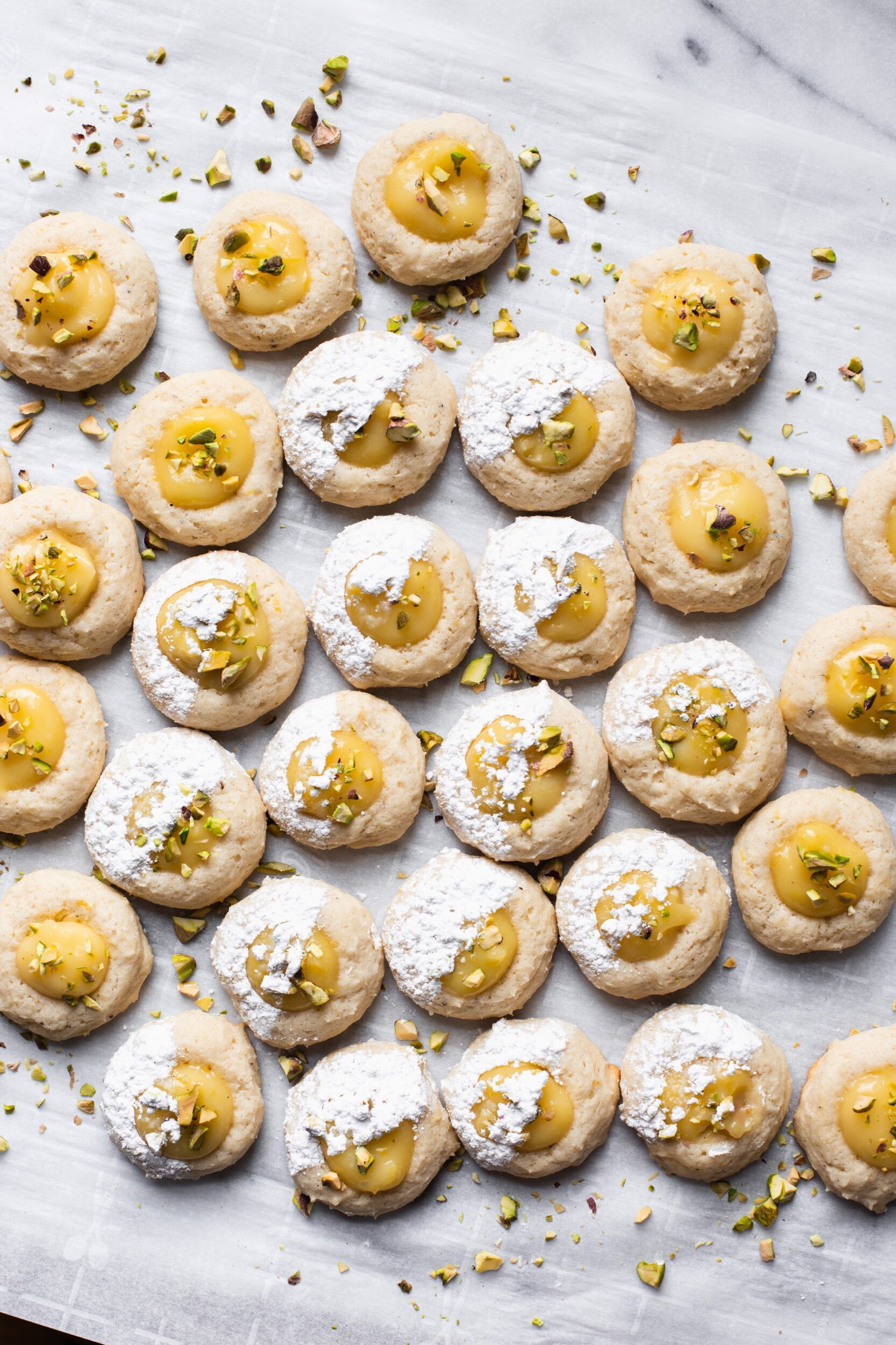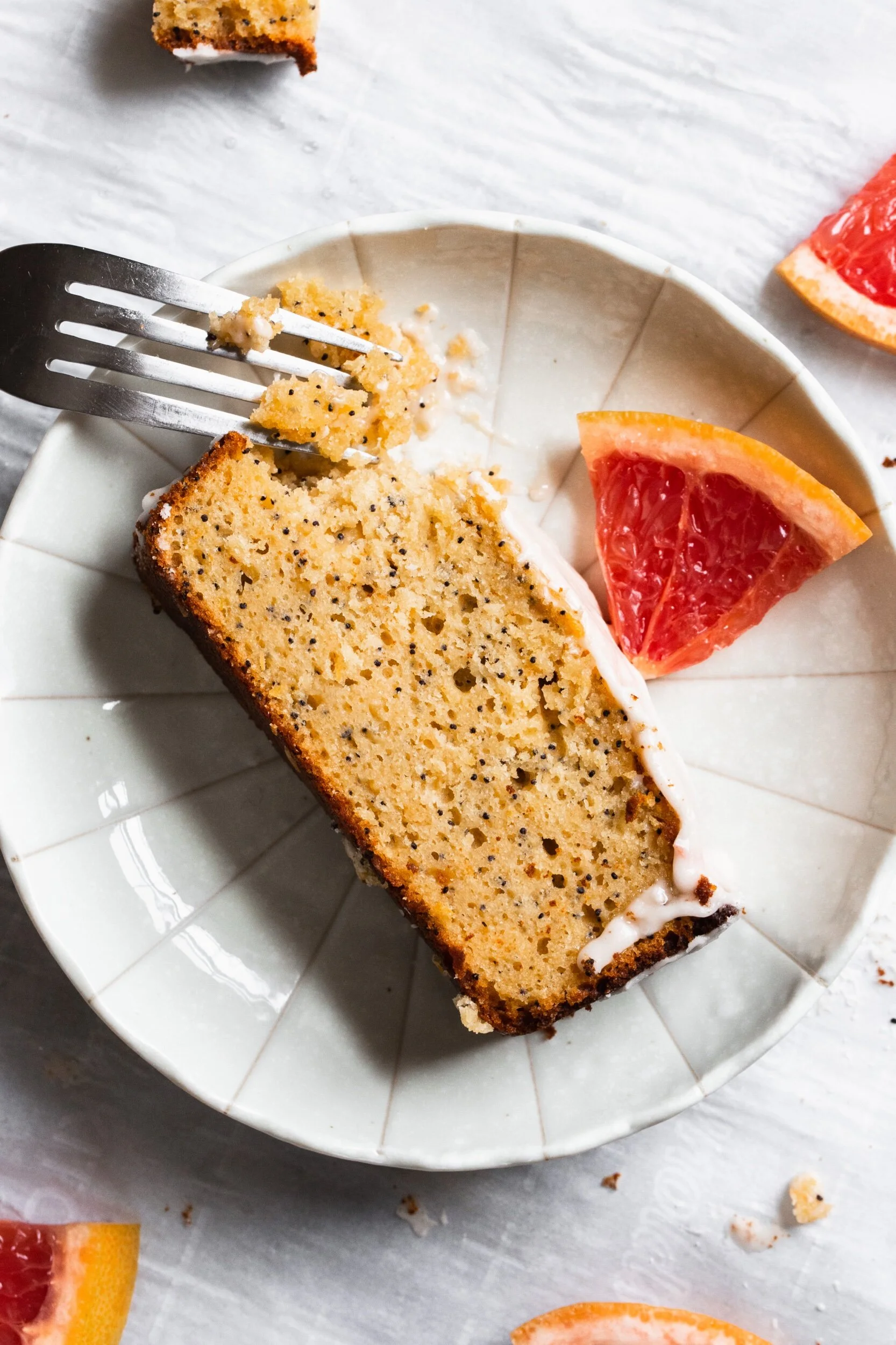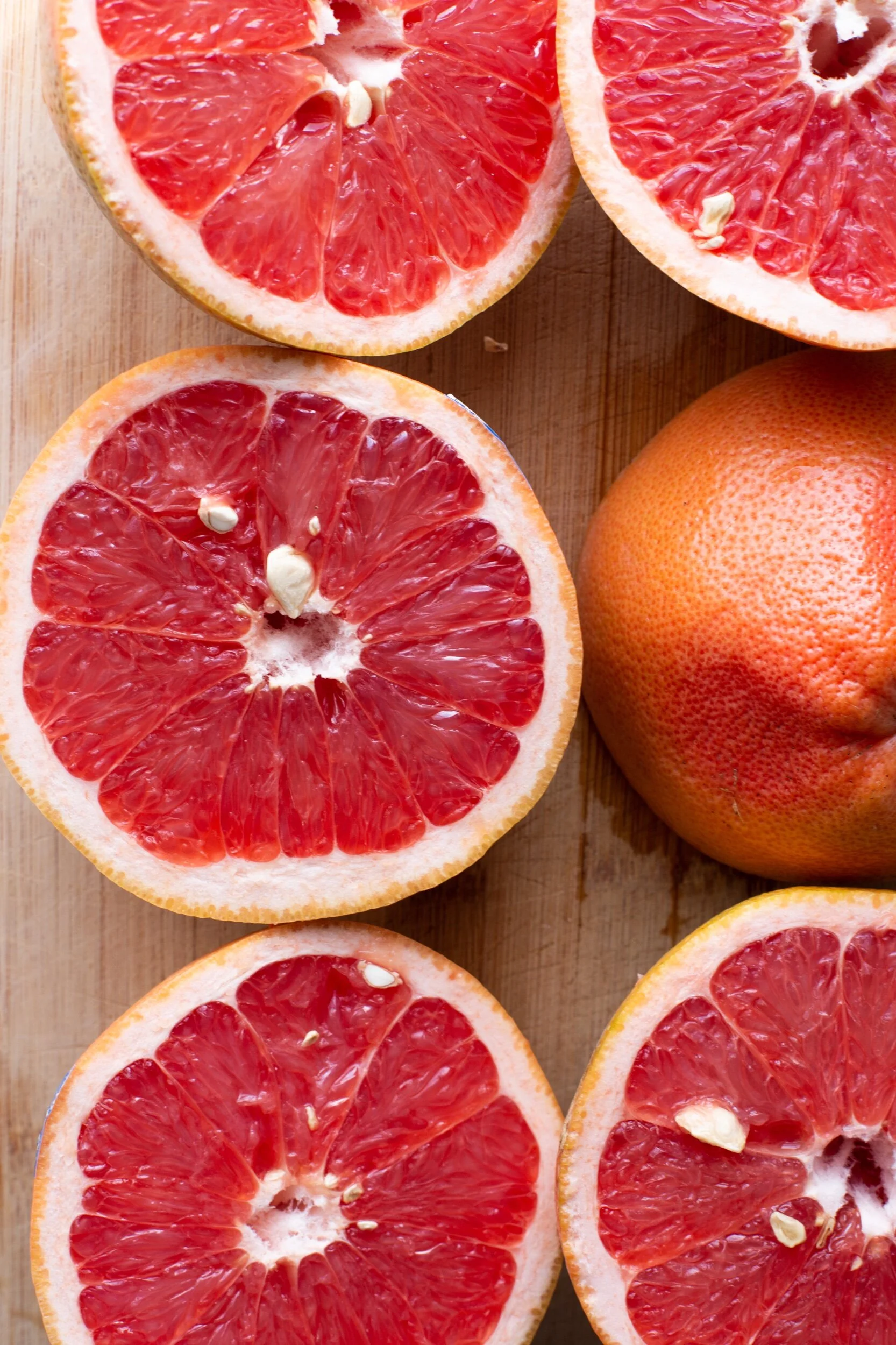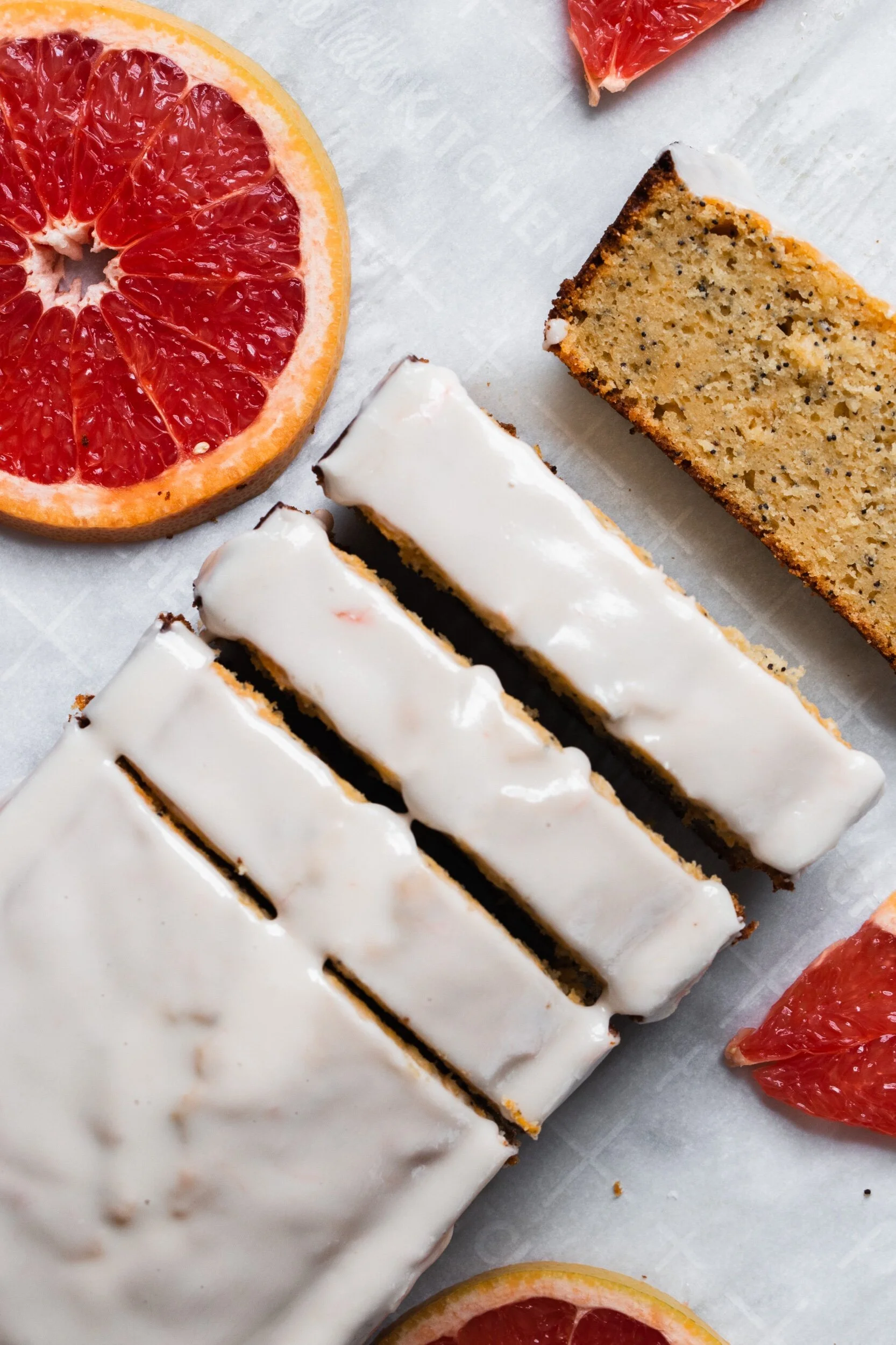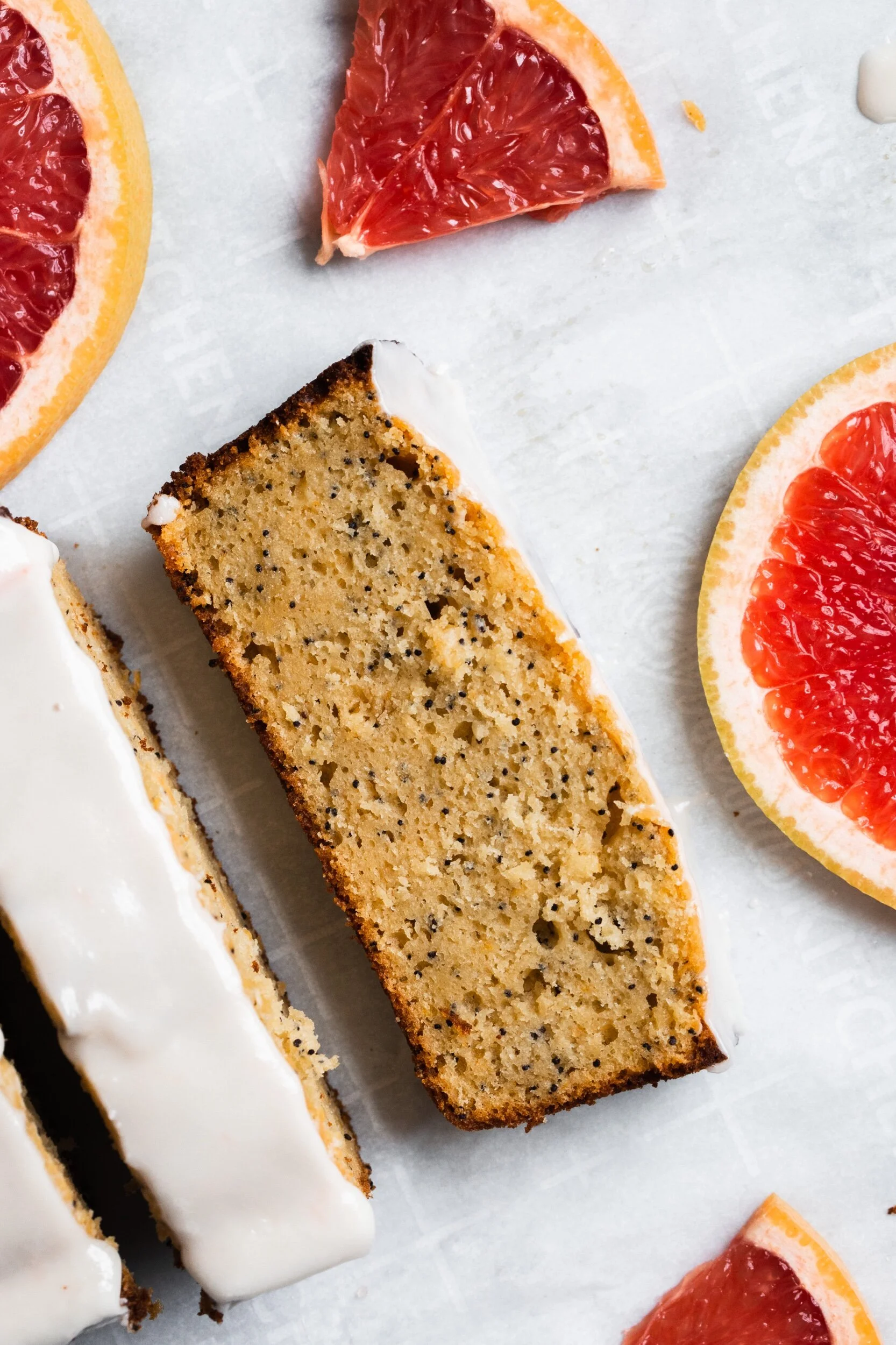Welcome to my first blog post of 2022! Like most people’s lives these days, it’s been a bit hectic for us over here with nonstop events and celebrations being thrown at us, all while trying to stay healthy and safe. From our wedding party in early December to celebrating Christmas/my birthday/New Year’s Eve to getting ready to travel to Germany next week for a wedding… we’ve clearly had a lot on our plates. On top of all of this, we’re moving again this month which is adding another layer of stress, but luckily we aren’t moving across the country this time.
Since I had taken such a long break from the blog in 2021, it’s been a minute since I shared a new cookie recipe and what better time to share one than now which happens to be citrus season. The recipe that I’m giving you today is Lemon Cardamom Crinkle Cookies and like every other cookie recipe I give you, it’s absolutely incredible. I actually made them for the first time this past Christmas when I was looking to switch up my usual Christmas cookie packages that I hand out to family members each year, and they ended up being a huge hit with everyone. I paired them along with my Ginger Molasses Cookies and Brown Butter, Pecan and Milk Chocolate Chip Cookies for what I thought was the best variety of cookies you could ask for.
If you’re unfamiliar with this kind of cookie, they’re called “crinkle” cookies because of the crinkly pattern that forms while baking. This is achieved by rolling the cookie dough through confectioners’/powdered sugar before popping them in the oven, which leads to the powdered sugar cracking as the dough puffs up and eventually spreads. The end result is a beautiful, rustic design with no two cookies looking alike. In that regard, the cookies are kind of like snowflakes, which is why this is such a great cookie to make during the holiday/winter season. Unlike other typical cookies, these are softer and more cake-like in texture, which makes me love them even more.
When I had first made these cookies, I used basic store bought lemons and was thrilled with the results, but when I made them again using lemons picked fresh off of my mother-in-law’s tree in her backyard, the difference was staggering. The aroma and flavor of home grown lemons are so different from what you find in a typical grocery store - even the lemon skin is softer and easier to zest - and it honestly elevates the cookies even more so. I’m aware that many of my readers don’t have access to citrus trees like we do here in California, so if you can get your hands on an organic variety or even Meyer lemons, it’ll make all the difference. Just remember though that you’ll still have a delicious cookie regardless, so don’t feel bad if you can’t get anything but the standard variety.
Unlike other lemon crinkle cookies, my recipe only uses the zest of the lemon whereas others tend to add not only lemon juice, but lemon extract as well. I feel like that’s may be overdoing it a bit, and I can promise you that the zest is enough to achieve the perfect lemony flavor. Additionally, I added one of my favorite spices to bake with, cardamom, which pairs amazingly with lemon since the spice has fruity notes. The cool thing about using the ground cardamom is that you can actually see specs of it in the finished cookies which makes for a more interesting finish. A small amount of ground ginger is also added to round out the flavors and add brightness to the recipe. Another ingredient that you won’t find in my recipe is yellow food dye, which also tends to be the norm for lemon crinkle cookies. It’s added to the dough so that the final product isn’t as monotone and adds to the contrast in color between the cookie and crinkly top. I just don’t think it’s a necessary ingredient since it doesn’t contribute to the flavor in the end, but if you want to try it out, simply add 1-2 drops in the same step where you add the eggs and vanilla extract.
Lemon Cardamom Crinkle Cookies
Yields 2 dozen cookies
Ingredients
1 3/4 cups all-purpose flour
1 1/2 tsp. baking soda
1/2 tsp. kosher salt
1 3/4 tsp. ground cardamom
3/4 tsp. ground ginger
3 tbsp. lemon zest (from about 4 large lemons)
1/2 cup (1 stick) unsalted butter, room temperature
1 cup granulated sugar
2 large eggs, room temperature
1 tsp. vanilla extract
3/4 cup confectioners’ sugar, sifted into a small bowl
Directions
Into a medium bowl, sift the flour, baking soda, salt, cardamom and ginger together. Add the lemon zest and whisk until incorporated.
In the bowl of a stand mixer fitted with the paddle attachment (or in a large bowl if using a hand mixer), cream the butter and sugar together until light and fluffy, about 2 minutes. Add the eggs one at a time until properly mixed in, then add the vanilla extract. Scape down the sides of the bowl.
Add the dry ingredients all at once to the stand mixer or bowl and turn the mixer on low for 10 seconds before increasing the speed to medium. Mix until just incorporated. Cover the bowl with plastic wrap and refrigerate for at least one hour - the dough will be sticky, so the longer it’s chilled. the easier it will be to roll the dough.
Preheat the oven to 350° F and line a baking sheet with parchment paper. Using a medium-sized cookie scoop or a spoon, scoop out roughly 1.5 tbsp. portions of cookie dough, shape it into a ball using your hands, then roll each one through the confectioners’ sugar. Make sure each ball is heavily covered in sugar; this will insure that you get the “crinkle” aspect of the cookie.
Bake the cookies, 9 at a time, for about 12-14 minutes, rotating the pan halfway through. The cookies will be done when they have properly cracked and the centers are puffed. We do not want the cookies to brown too much, so they will look like they’re underbaked, but they won’t be. Allow the cookies to cool on the baking sheet for a few minutes before transferring to a cooling rack. Enjoy!









